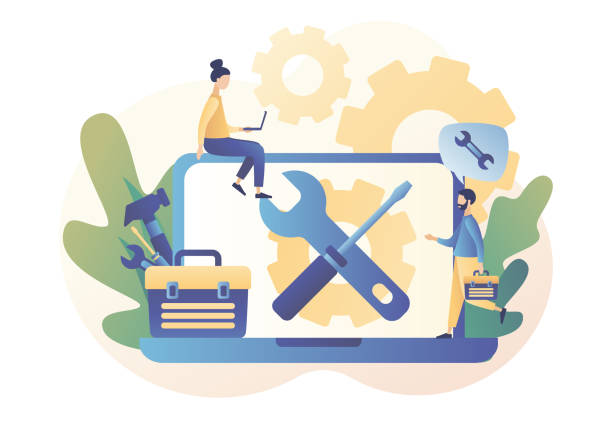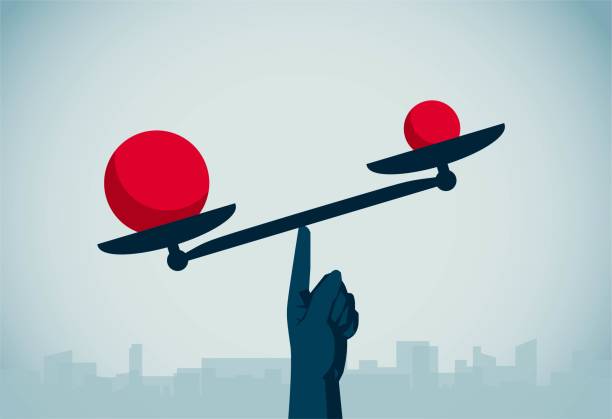The 4 Best Pricing Strategies During Inflation (Plus Other Expert Tips)

Inflation clocked in at 8.3% for August 2022, remaining incredibly high and continuing to have a strong hand in the US economy. Rising costs across the board increase the cost of producing goods and services, ultimately trickling down to the consumer.
Your pricing strategy is crucial during periods of high inflation, where you must strategically compensate for the cost of inflation. Here’s how to handle pricing during inflation, from best pricing strategies to tips for reducing costs.
Managing Pricing During Inflation
Before we dive into the best pricing strategies to use during high inflationary periods, let’s discuss some ways to manage pricing during inflation. These strategies will help you maximize profits despite high inflation rates.
Tip 1: Strategic Pricing Adjustments
Customers understand that, during high inflationary periods, the cost of their goods goes up. This understanding allows businesses to adjust prices, but only to a point.
Companies can’t adjust prices too often and too much. Instead, you’ll want to focus on two specific customer segments: low profitability and average profitability.
You can boost your margins by moving customers in the low profitability area into a standard range.
However, you can also turn to average profitability customers and analyze the data to determine their preferences and purchasing decisions. You’ll then want to try and move them to ideal prices.
Tip 2: Iterate Faster
While a set pace for reviewing pricing strategy may work during “normal” times, periods of high inflation call for quicker decision-making.
Insight into macroeconomic trends and your own data enable decision-makers to adjust prices immediately. Giving them the power to do so will help minimize loss. Whatever customer feedback there is on these decisions, respond quickly.
Tip 3: Specific Adjustments
Price increases across the board can degrade customer trust and may be perceived insensitively. Instead, study your customers and determine how price-sensitive different groups are.
Those customers that you determine are less price-sensitive are the ones whose products you want to increase in price. Keep “necessary” and base-level goods stable to avoid alienating price-sensitive customers.
Tip 4: Communicate Clearly
An unannounced price increase never goes over well. To best maintain customer trust and loyalty, announce price changes well in advance. Consider an email blast that announces price increases and provides an honest explanation for doing so.
You’ll also want to enable your sales team with data and appropriate justifications for these changes.
Best Pricing Strategies During High Inflation
Now that you understand some ways to manage pricing during inflation, here are the best pricing strategies complimenting those.
Strategy 1: Cost-Plus Pricing
Cost-plus pricing models refer to specific markup percentages on items based on material, labor, and overhead costs. Essentially, businesses decide the profit margin they want, then increase the break-even cost of a good or service by that percentage.
Cost-plus pricing is a simple and reliable model that ensures you cover all costs associated with a good or service, including inflation. If your business doesn’t have much time to devote to pricing strategy, this basic model can serve you well.
However, your markup percentage can’t be a shot in the dark. Compare your pricing to that of your competition, and make sure you’re still in the running.
Strategy 2: Dynamic Pricing
Dynamic pricing models determine the cost of goods or services based on more complicated factors. This model can be instrumental if your company has many distinct products. Dynamic pricing models will include more complex factors such as competitor pricing, weather, supply chain issues, inflation, and more.
Further, dynamic pricing models can be automated using AI and algorithms, so you don’t have to keep track of the various factors yourself.
Strategy 3: Key-Value Item Pricing
Key-value pricing models help companies attract customers with discounts on their favorite products. While discounting favorites, you’ll want to increase the margins on other products to compensate for inflation.
In times of high inflation, know which products are profit margin versus key-value items and price appropriately.
Strategy 4: Competitive Pricing
Pricing based on the competition can be one strategy to mitigate inflationary losses. You can either undercut the competition or price yourself on the average.
It’s almost guaranteed that other companies are adjusting prices based on inflation, so keep their prices in mind during these times.
Remember that you only want to apply this strategy to goods or services that have reached a pricing equilibrium. This means the product has been around for a long time and alternatives are abundant.
Related: 6 Steps For Recruiting Executives The Right Way To Create Maximum Impact
Other Pricing Tips For Managing Inflation
Before overhauling your pricing strategy, consider other ways to manage inflation.
Option 1: Cost Reduction
Before increasing prices due to rising costs, look for ways to lower said costs. Here are some strategies for reducing costs:
- Automate as much as possible
- Hire a freelancer rather than a full-time employee
- Look towards different vendors
- Reduce or eliminate office space
- Use free apps or software when possible
- Reduce travel budgets
Doing what you can to reduce costs can help you mitigate inflation while keeping your customers happy with stable prices.
Option 2: Eye the Competition
As we’ve mentioned in this article, monitor your competition and keep your prices in line relative to them.
Distinguish yourself by pricing according to the competition and attract more customers. All of this increases profits while allowing you to keep your own prices relatively stable.
Option 3: Price Elasticity
Price elasticity of demand refers to the change in consumption of a product based on its change in price. A highly elastic good is one where demand changes considerably, even with a minor pricing change.
As a business, know which of your products are highly elastic and which are not. You can adjust the prices of inelastic goods and retain sales; conversely, avoid altering the prices of highly elastic goods.
Need Pricing Strategy Experts?
Pricing strategy is highly complex, especially during periods of high inflation. Hiring a dedicated pricing team can help you maximize profits in the long run.
However, hiring these experts is challenging, as it’s a relatively new field. If you need help sourcing this talent, Jennings Executive has vast experience matching senior pricing talent with companies who need these leaders. Learn more today!
Related: What is an Executive Search Firm? Here’s Everything You Need to Know
Recommended For You

The Hidden Burnout Risk In Pricing Roles
Pricing burnout is real: high conflict, low control—fix it with authority and systems.

Talent Benchmarking for Pricing Roles
Align pricing role scope, title & comp with real market benchmarks before hiring.

The Pricing Analyst's Toolkit
The essential pricing analyst toolkit—and what truly drives impact in the role.

Why Your Pricing Team Can't Be All Strategy Or All Execution
Pricing teams break when strategy and execution are out of balance—here’s how to fix it.

The Pricing Career Ladder - From Analyst To VP and Beyond
Inside the pricing career ladder: what drives growth from analyst to VP

What Makes A Great Pricing Leader
Great pricing leaders connect strategy to execution, influence without authority, and drive value.


